BYD's dual-car strategy is better executed than Toyota's
![]() 09/25 2024
09/25 2024
![]() 531
531
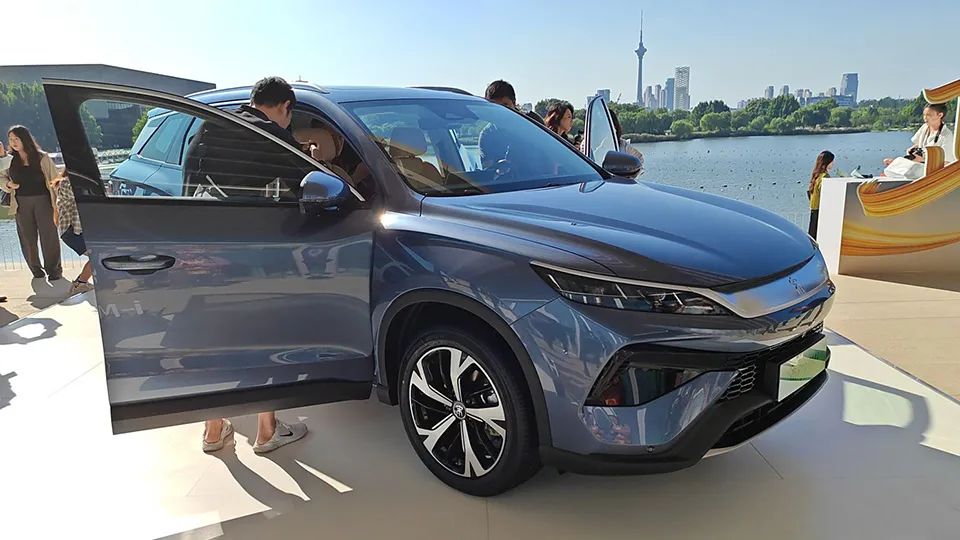
With a budget of just over 100,000 yuan, one typically looks at mainstream compact family sedans. Finding a mainstream compact new energy SUV within this price range is not an easy feat. However, BYD has offered two options: the Song Pro DM-i from its Dynasty network and the Sea Lion 05 DM-i from its Ocean network. Both models can be considered sister models, starting at a guidance price of 112,800 yuan, and both core components utilize BYD's fifth-generation DM plug-in hybrid technology. Given their affordable pricing, how do the BYD Song Pro DM-i and BYD Sea Lion 05 DM-i stack up in terms of product capabilities?
Using the fifth-generation DM technology, fuel savings exceed 7%, and high-speed performance is enhanced
Since we're mentioning BYD's fifth-generation DM plug-in hybrid technology, the core advantage of these new vehicles is, of course, fuel efficiency. This advantage is particularly evident in the BYD Song Pro DM-i, which has an older model for comparison. Under WLTC conditions, the new model achieves a fuel consumption of 4.9L/100km when running on battery power alone, representing a reduction of approximately 7.5% compared to the older model using the new technology. Even factoring in vehicle weight and the subsequent changes in performance, the reduction in fuel consumption can be consistently controlled at over 7%.

While reduced fuel consumption when running on battery power alone is a notable improvement in plug-in hybrid vehicles, there are other aspects that enhance the user experience. With the adoption of BYD's fifth-generation DM plug-in hybrid technology, the pure electric driving range has also increased. With the battery capacity remaining unchanged (approximately 12.9kWh for the lower configuration and 18.3kWh for the higher configuration), the new BYD Song Pro DM-i and BYD Sea Lion 05 DM-i offer pure electric driving ranges of 64km and 93km, respectively (under WLTC conditions), representing an increase of approximately 8-9% compared to the older models under the same conditions.
In short, BYD's fifth-generation DM plug-in hybrid technology addresses both fuel and electricity consumption issues simultaneously. A review of the technology reveals that the decoupling of the P1 motor objectively adds an additional power source during pure electric driving, reducing the burden on the original P3 motor. Furthermore, both motors incorporate a reduction gear effect, which further reduces the engine speed during direct drive, thereby enhancing fuel efficiency. Building upon this structure, adjustments have been made to the blade battery and optimizations made to the internal combustion engine and motor.
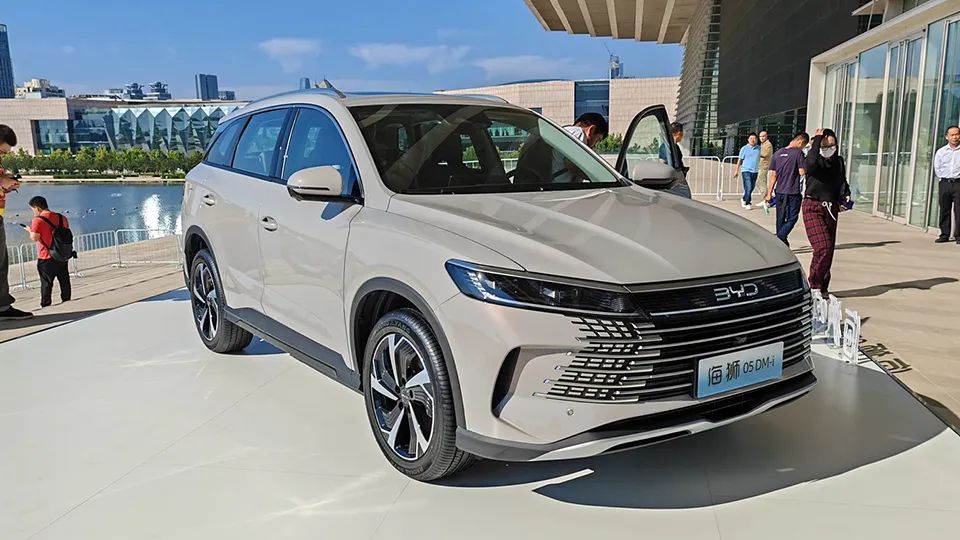
However, it is worth noting that the effectiveness of BYD's fifth-generation DM technology when applied to SUVs is not as pronounced as when it was applied to sedans. Taking the BYD Qin L as an example, despite having a larger body size than the Qin PLUS, it achieves a fuel consumption of less than 4L/100km when running on battery power alone (under WLTC conditions). A direct comparison with the Qin PLUS reveals a gap of approximately 13% in fuel consumption between the two models when running on battery power alone. Considering factors such as vehicle weight, the actual difference is even more significant. Looking back at the SUVs, it can be said that while both sedans and SUVs equipped with the fifth-generation DM plug-in hybrid technology benefit, the effect is twice as pronounced in sedans. This can be seen as a trade-off for the practical space, ground clearance, and visibility offered by SUVs.
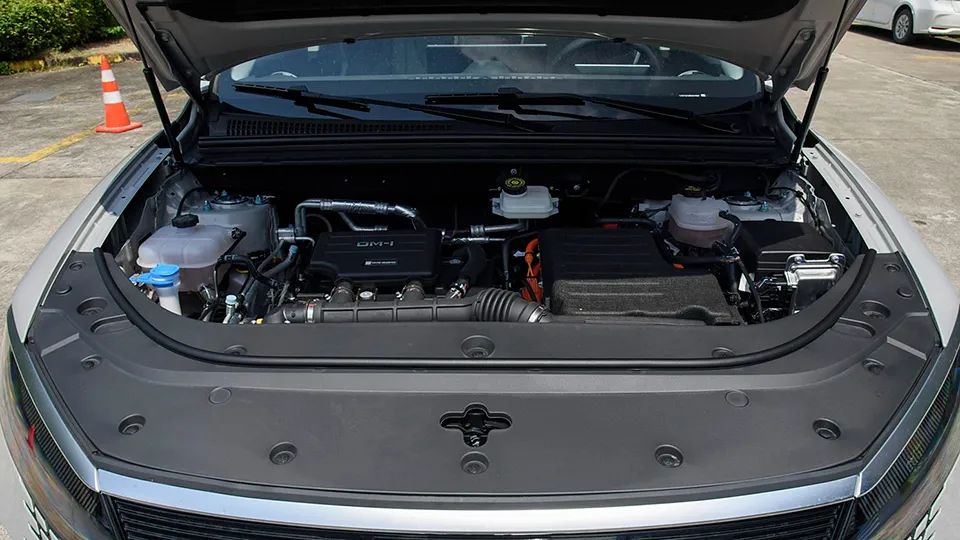
However, behind the reduced energy consumption lies the question of performance, as there is suspicion that the BYD Song Pro DM-i and BYD Sea Lion 05 DM-i may have compromised on performance. The internal combustion engine in both new models has a maximum power of 74kW, slightly lower than the 81kW of the older models by 7kW. In terms of the electric motor, the new models have a maximum power of 120kW, a reduction of 25kW from the 145kW of the older models. Nevertheless, according to official figures, the low-end Song Pro DM-i still achieves a 0-100km/h acceleration time of 8.3 seconds, unchanged from the older model. The high-end model, however, takes 8.5 seconds, 0.6 seconds slower than the older model.
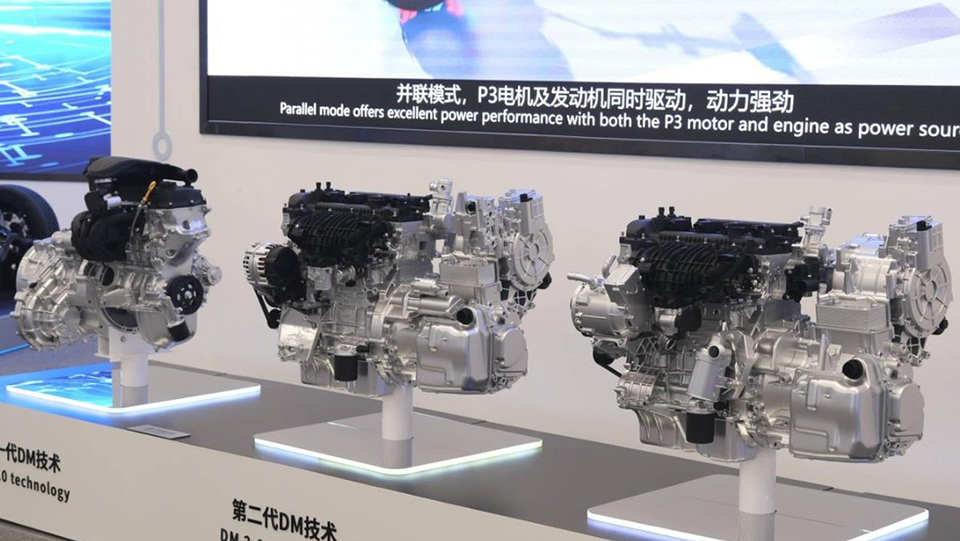
Overall, within the commonly used acceleration range (0-100km/h), the impact on family SUVs is minimal. This is attributed to the characteristics of the fifth-generation DM plug-in hybrid technology, which enables a wider range of electric drive intervention, highlighting the low-speed, high-torque characteristics of the electric motor. Regarding high-speed performance, the new electric drive system exhibits a notably higher rotational speed. Consequently, the maximum speed of the new models has been increased from 170km/h to 180km/h, theoretically enhancing the high-speed performance of both the BYD Song Pro DM-i and BYD Sea Lion 05 DM-i.
Apart from aesthetic differences, do these sister SUVs also exhibit handling characteristics?
We have primarily discussed the common characteristics of the BYD Song Pro DM-i and Sea Lion 05 DM-i, two new family SUV models from BYD. Now, let's delve into the differences between these sister vehicles. Naturally, design is one of the core distinctions. The BYD Song Pro DM-i adopts the more familiar Dynasty series design language, while the BYD Sea Lion 05 DM-i emphasizes a streamlined oceanic design language. Beyond aesthetics, there also seem to be inherent personality differences between the two models.
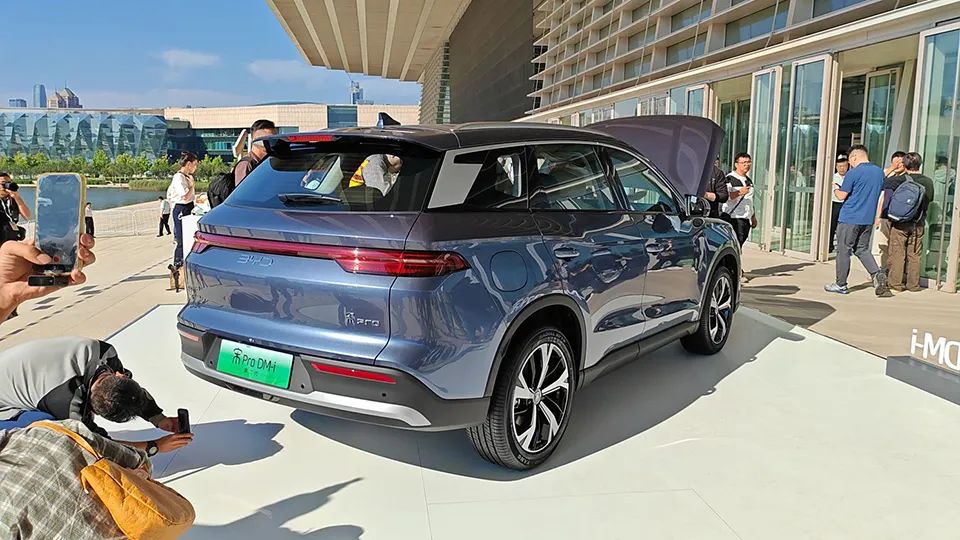
Firstly, there are some differences in the dimensions of the two models. The BYD Song Pro DM-i is slightly longer, while the BYD Sea Lion 05 DM-i is wider. The 25mm difference in length, combined with identical approach and departure angles, suggests that the length difference is not due to exterior styling packages. The width difference is more straightforward; the BYD Song Pro DM-i has a consistent track width of 1565mm, while the BYD Sea Lion 05 DM-i has a front track width of 1573mm and a rear track width of 1582mm. Given that the chassis structures of both models are identical, the 20mm width difference is not attributable to styling differences.
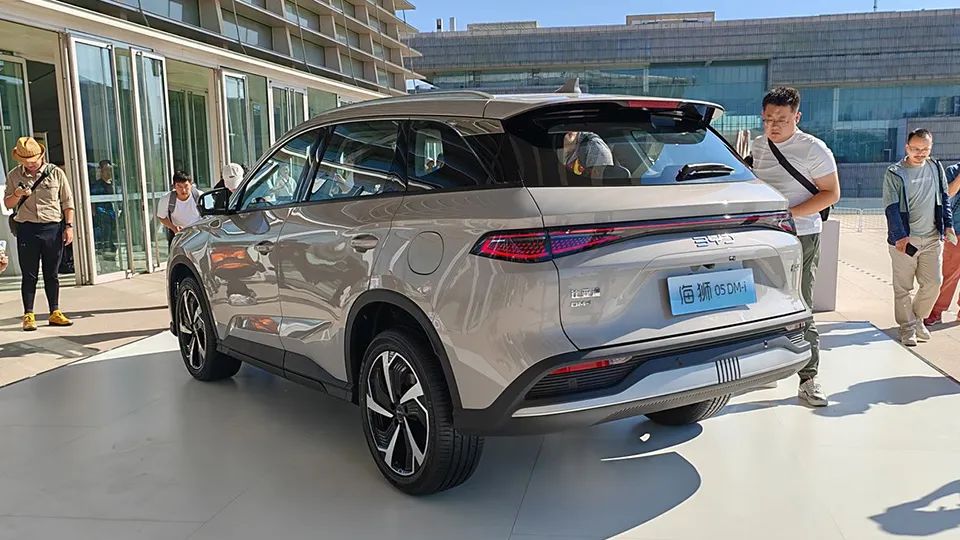
Analyzing these dimensional differences further, the consistent track widths of both models suggest an emphasis on straight-line stability. This aligns with the slightly longer body of the BYD Song Pro DM-i. In contrast, the BYD Sea Lion 05 DM-i's shorter front and longer rear track widths enhance steering flexibility. The wider rear track width also helps suppress body roll in corners. Notably, even the relatively shorter front track width of the Sea Lion 05 DM-i is still longer than that of the Song Pro DM-i. Additionally, with a theoretically slightly shorter wheelbase ratio, the Sea Lion 05 DM-i is expected to exhibit more agile handling in corners.
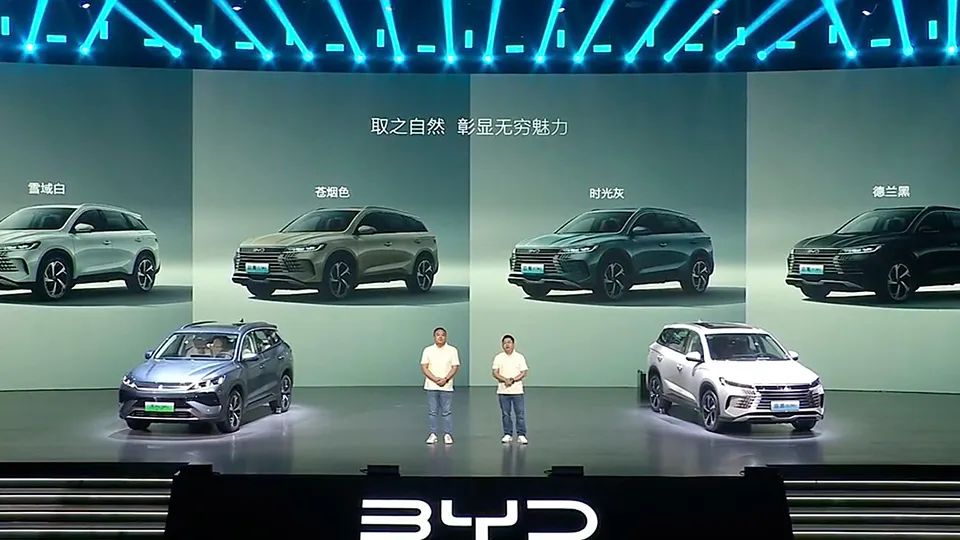
Of course, given the consistent suspension structure, powertrain, and minor differences in body size and weight between the two models, perceiving differences in handling may require hardware upgrades, such as high-performance tires, for a clearer distinction. Essentially, the core objective of these two new BYD SUVs is to offer economical and energy-efficient practical family SUVs at an affordable price point just over 100,000 yuan, prioritizing the needs of consumers.








